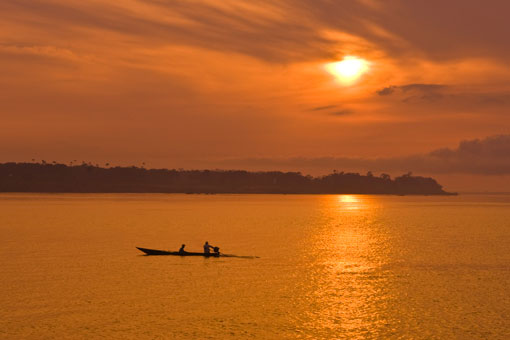Hydroelectric dam approved in Amazon
Brazil granted an environmental license for the construction of a hydroelectric dam in the heart of the Amazon

The $17bn project on the Xingu River in the northern state of Para will help the fast-growing Latin American country cope with soaring demand for electricity but has raised concern about its impact on the environment and native Indians.
Environment Minister Carlos Minc said 97 square miles/500 sq km of land would be flooded by the Belo Monte dam, a fraction of the 1,900 square miles/5,000 sq km, in the original plans that involved four hydroelectric dams. It was scaled down for ecological reasons.
Around half the area, or 48 square miles, are already flooded naturally for part of the year during the rainy season.
“The environmental impact exists but it has been weighed up, calculated and reduced,” Minc said.
The 11,000-megawatt Belo Monte dam is part of Brazil’s largest concerted development plan for the Amazon since the country’s military government cut highways through the rainforest to settle the vast region during its two-decade reign starting in 1964.
Dams, roads, gas pipelines, and power grids worth more than $30 billion are being built to tap the region’s vast raw materials, and transport its agricultural products in coming years.
The license lists 40 requirements that must be fulfilled by the company that wins the bid to construct the dam — before it can begin building. It includes more studies, construction of local infrastructure and maintenance of the local environment.
The winning bidder would have to pay 1.5bn reais ($803m), the estimated cost of fulfilling these demands through public and private entities. It includes the cost of rehousing an estimated 12,000 people who would be relocated.
“Not one Indian on indigenous land will be displaced,” he said. Others living in one town outside protected lands would be resettled and compensated, he added.
Environmental groups say the Belo Monte project, which will also create a waterway to transport agricultural commodities grown in the Amazon, would damage the sensitive ecosystem and threaten some fish species.
Minc said measures would be taken to prevent the extinction of some species and protect the livelihoods of those who make a living by fishing, both for food and for the rare ornamental fish that live in the river.
Minc said it was unlikely more dams would be added to the project in the future, but he did not rule it out.
Among the utilities wanting to build and operate the dam are Brazil’s state-run Eletrobras.













